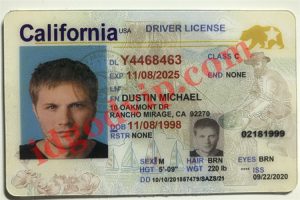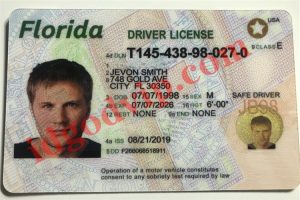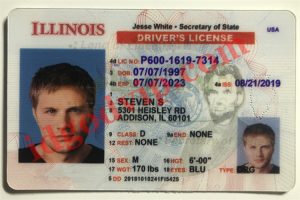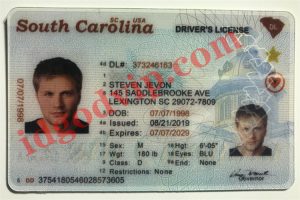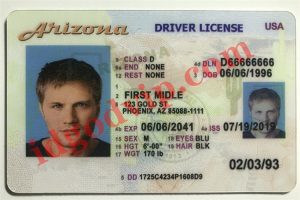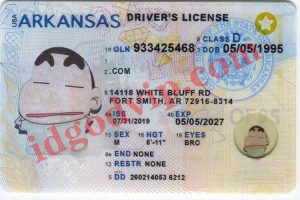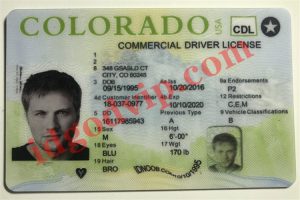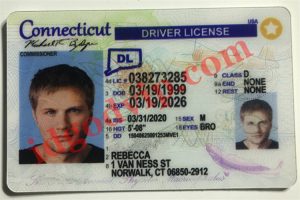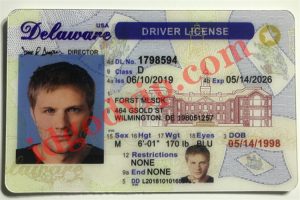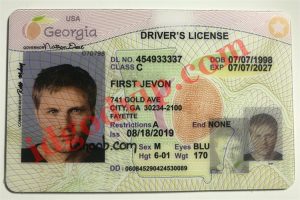Teach you how to identify a good fake ID card part 1
My favorite thing on this planet is the unmistakable special abilities that individuals develop during their work. A carpenter can measure the length of anything by glancing at it, a draftsman can quickly draw a very precise picture from memory, and so on.
This article comes from one of these special abilities. One of my companions in Boston was a bouncer at a bustling bar. From his work, he’s really good at spotting fake IDs.
It’s not the expertise many people think it is. In fact, even bars don’t think about it all the time. Most bars are just wary of counterfeit IDs: Bend the ID to make sure it’s made of the correct card stock, try to peel off the edges, actually look at the photo against the individual, and ask for the individual’s address in detail. Assuming they are capable, bars might scan fake ids and check if the scans match.
All of this helps to spot low-quality fake IDs. They are useless for finding high quality scannable fake ids.
A decent fake ID will be printed on the same card stock as the real ID, making it look more realistic. Their laminates cannot be peeled off. Their photos will be photos taken by the individuals themselves. Their information will be real information entered by the individual themselves, and the ID will be scannable. It will display the exact same ID information.
To detect a decent fake ID, you need to get smarter.
This is what you should do.
- Check the edges
Feel the edge of your real driver’s license. You will see that its adjusted corners are smooth. This is because your scannable fake id is laser cut.
A counterfeit ID may have rough edges or a few threads. This is a characteristic of hand cut or machine cut IDs. These are all fake.
- Check the laminate
Properly covering hard plastic is a challenge. Counterfeit IDs have been around since the days of just sticking the covering, but that doesn’t mean the covering is good.
On your real ID, the overlay is barely visible except for a slight sheen. It ends at the end of the card, but assuming you take a look at the edge of the card, you’ll see several layers: laminate, cardstock, and possibly a layer of laminate.
- Check for raised and indented lettering
Your best fake id has convex and indented letters in several parts. On my Massachusetts ID card, my date of birth is shown raised in the lower right corner, and my initials and year of birth are indented below my photo.
Doing so is cumbersome and expensive. Cheaper ID creators might try to trick it, especially with indented fonts. They’ll ignore this and keep the letters in line with the rest of the card. You can feel it with your fingers.
This is especially troublesome for colorful, raised text styles. Producers of counterfeit IDs strive to diversify the letters, leaving spots or markings entirely on the letters.
